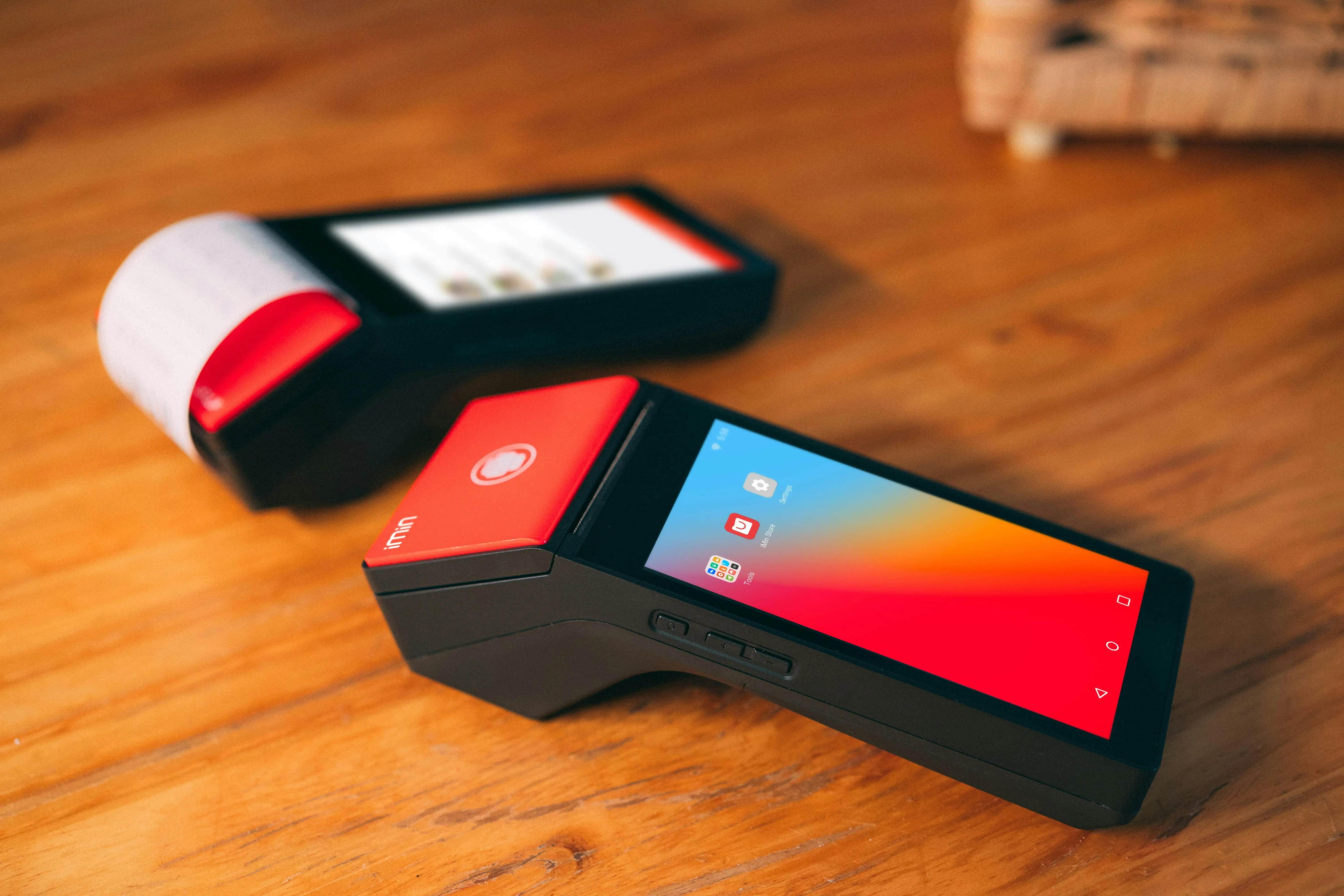
How can you create the perfect product sheet for your e-commerce business with a PIM solution?

According to the Shotfarm Product Information Report, the quality of product information is, unsurprisingly, paramount in the buying process. Comprehensive, factual and reliable information and data is a must. The consequences for e-tailers who fail to optimize product information are significant: 30% of respondents have abandoned a shopping cart because of an incomplete product description, one in four consumers have returned a piece of clothing because of an inaccurate product description, and 86% of customers will not repeat a purchase from an e-tailer with an inaccurate description.
So how do you create a perfect product sheet? How to ensure the quality of a product sheet? Which software should I use for my product sheets? What are the best practices to follow to improve the information and monitor their enrichment?
Everything you need to know for product sheets that convert.
Evaluate the quality of your product sheets
This is the very first step. The quality of a product sheet lies in its commercial performance, i.e. in its ability to convert. Consumers are very demanding: offering quality product sheets is becoming imperative. Well designed, they will allow you to stand out from your competitors, and will ensure a good conversion rate.
To assess this performance, you can use quick-audit tools such as the PQS (Product Quality Score). This gives you :
- an assessment of the quality of your records and their descriptions, thanks to a clear rating;
- concrete indicators and personalised recommendations by sector of activity;
- a first overview of the benefits of a PIM (Product Information Management) solution.
Evaluate your performance and calculate your quality score.
12 optimisations to improve the quality of your product sheets
1. An impeccable product sheet structure
In today's fast-paced world, time is a precious commodity. Make life easier for your customers by improving the clarity of your product information. Clearly display product features, functions and benefits , and structure the information using logical headings, subheadings, airy paragraphs or even lists. They'll save time reading and have a better understanding of the product. The quality of your product sheet and its structure can quickly be achieved using a solution like Quable PIM .
2. Clear product illustrations
Always in this logic, do not hesitate to illustrate the characteristics of your products with logos or icons. The sheet will be clearer (as long as it is structured and not overloaded) and consumers will be able to understand at a glance, thanks to this online content, what makes your products special and beneficial.
3. Delivery and returns information
Lack of shipping and returns information is problematic when a customer is ready to place an order. Display these elements in a visible way in your product sheets, especially if you offer free shipping. This service is a strong element of reassurance that will convince the customer and allow him to decide quickly.
4. Effective storytelling
Your product has a story, put it forward! Storytelling consists in telling a story to seduce the consumer. Your customers expect to be transported: they don't just buy an object but a world! Immerse them in the history of your product by telling them how it was created, how it was made, how it was designed and how it is made.
5. Displaying the place of production
Consumers are more and more sensitive to the place and the manufacturing process of the products they buy. A Made In France manufacturing will be an asset and a quality that will justify higher prices. In the case of a foreign manufacture, display the information in your communication and tell why you made this choice (particular know-how, no equivalent option in France or Europe, origin of your brand...).
6. Enriched product content
You've probably implemented a content strategy around your brand. Take advantage of it to enrich your product information! Blog articles about a flagship product or a new product, Instagram posts in collaboration with influencers, or the creation of assortments offered as cross-selling are all opportunities to enrich the product sheet with exclusive content that nourishes the product universe and offer, and attracts your customers. By opting for a PIM solution like Quable's, your product data is updated in real time and uniformly across all your sales channels.
7. Quality visuals and photos of your products
It's no longer enough to add lambda photos to product sheets: consumers expect much more. HD photos are therefore a minimum to guarantee good presentation quality and enable web users to analyze the product from every angle without losing image quality. A zoom function should also be available to provide maximum viewing quality for the user. All this is easily achieved with a DAM (Digital Asset Manager).
8. 3D image, virtual tour
Your customers will be all the more inclined to buy a product if they can see its interior and exterior volumes: if this represents a budget, 3D images and virtual tours are undeniable and differentiating assets to enrich a product sheet. A customer who buys on the Internet wants to be able to handle the product as if he were in a store!
9. Contextualise the product and show its variations
To propose convincing visuals, it is not enough to take a picture of the product on a white background. Its contextualization is just as important to allow Internet users to better understand and appropriate it by having all these data. Thus, it is necessary to propose visuals of each product variation (colors, sizes, formats...) but also images of the product in context of use.
10. Valuing customer reviews
If official standards and labels are reassuring, it is also essential to highlight customer reviews on the product. Peer recommendations play a decisive role in the purchasing process of Internet users. Play on their formatting to enhance positive reviews, and don't forget to respond to negative reviews!
11. Displaying compliance with standards
Nutriscore, allergens, list of ingredients, organic labels: it is important, and often mandatory, to clearly display certain important information related to compliance with standards and certifications. It will be all the more impactful to represent them visuallyso that the customer can find them at a glance.
12. Highlighting fairness and ecological impact
Is your product fair trade? Is its manufacturing process designed to reduce the product's ecological footprint? This information is highly sought after by consumers. Explain your approach and how you improve your production to respect the environment.
How then can you find the time and resources to apply these quality standards when the product catalogue extends to several hundred references, is available on more and more channels and is translated into many languages?
Best practices: how to structure the product sheet?
With e-commerce, the way consumers make their purchasing decisions is very different from the in-store experience, where they see the product and can ask a salesperson for advice. Alone in front of the screen, they scan in one glance the product sheet to find all the information about a product. It must convince them of the relevance of the purchase. In order not to lose the customer, it is necessary to accompany the act of purchase by highlighting the information that describes the product in an innovative way.
The structuring of product information is therefore essential. According to the Baymard Institute, for some products a zoom on a selection of key features, The product information section, accompanied by dedicated photos, helps to draw the visitor's attention to the features that need to be known.
Therefore, it is necessary to :
- identify a limited number of differentiating features,
- combine a photo that highlights them,
- structure them in the form of a photo + paragraphs, placing them high enough in the product sheet to pique the visitor's interest,
This way of highlighting the essential benefits of a product is more effective than the classic "bullet point" lists or generic description texts.
When the product sheet loads, 56% of users pay attention to photographs as the very first action. But photos alone do not always make specific information about product features concrete.
It is by adding visuals or small text elements within the photos themselves that we can capture the attention of visitors. Visuals and descriptions must be combined This can be used to create "augmented photos" and thus make the user experience dynamic and rich.
Why improve your product sheets?
The objective in e-commerce is to be always put forward by the SEO indexing of Google. In order to allow a positioning on the most relevant queries for your customers, it is therefore necessary to optimize the SEO of your product pages in order to provide sufficient visibility for your online store.
In order to improve your online sales, your teams need to focus on omnichannel marketing: the objective of improving your product sheets is to integrate them into marketplaces (Amazon, Google Shopping, Fnac...).
It is important to take into account the differences of each marketplaces (description, SEO, media...) in order to write the content of the different product pages.
A good optimization and flexibility on these product sheets will bring an ideal user experience because your sales will now be in cross-selling (e-commerce and marketplaces) with the possibility of making internal links on your site to improve your natural referencing!
The objectives are multiple!
.webp)
Why is the Excel catalogue inefficient?
Because a product catalogue managed on Excel does not allow :
- To make product descriptions more reliable: when the deadline for putting products on sale approaches, it is sometimes very complicated to find the reference file, so the contributors work simultaneously on different files.
- Avoid errors: with the size of the file comes the problem of the readability of the data which prevents the correct verification of information.
- To increase productivity: it is necessary to be able to link speed and quality of data enrichment. This is very difficult to do with Excel.
- Collaborate easily: Excel files are usually sent via the company's internal e-mail system. This method of transfer wastes time because they have to be systematically downloaded and sorted according to a file structure that is not particularly standardised.
Which software for your product sheets?
Through a PIM (Product Information Management) and DAM (Digital Asset Management)(Digital Asset Management) tool, e-commerce teams can build their product data sheets, respecting the granularity of information to prioritize the importance of content and the types of associated media.
This process allows the Internet user to slow down his or her reading pace and encourages the understanding and memorization of the products.
By personalizing your product data in a PIM, you can express your creativity and transcribe both the brand universe and the sales force's message. The purchasing process is freed from virtual limits, allowing you to evolve in line with digital trends.
PIM solutions support e-commerce and marketing teams to reveal the brand universe and capture the attention of Internet users, leading them conscientiously to the act of buying.
How to monitor and improve the quality of product sheets?
If PIM (Product Information Management) enables you to closely monitor the quality of the data you create and integrate, it's because you can tell it in advance what quality is expected for each piece of information or content linked to the product, before it is distributed.
A number of fields are essential to obtain a complete product sheet:
- Detailed description of the product
- Dimensions
- Materials
- Photos, videos
- Delivery and return conditions
- Available sizes
- Washing tips
- Matching with other products (cross-selling)
- Manufacturing information
Once these fields have been entered into the PIM and validated, it is then possible to create customized dashboards to monitor data quality and achieve the desired level of quality.
The principle of completeness
When we talk about the level of completeness of a product sheet, we are simply talking about the degree of completion of the different information that needs to be added to the sheet. It is therefore theunit of measurement for the enrichment of product information.
Monitoring the level of completeness can be done by creating a widget broken down as required - by range, collection, product universe, country, language, etc. In this way, you can see at a glance the completeness rate from different analysis angles.
This allows you to easily estimate the work still to be done and the time needed to put it online of each breakdown (by market, by range, by collection, etc.). The widget then becomes a fine analysis tool, based on the real-time completeness of the product information and allowing a more accurate estimate of the enrichment work.
Better collaboration within product teams
In addition to analyzing product data and its completeness rate, the PIM allows you to integrate a widget into the dashboard a widget with a to-do list format. This enables contributors to see and receive tasks to be prioritized individually or by team. These can be of various kinds:
- Content to be validated
- Content to be corrected
- New product to be enriched
- Arrival of a new product range
- Product sheets for translation
- Etc.
This to-do list, automatically managed by the PIM , is a crucial aid in keeping pace with the activity of product teams, enabling them to organize their working days at a glance. These daily reminders optimize workflows and processes within the company, enabling enrichment work to be carried out correctly and facilitating collaboration between the various teams within the PIM.
Conclusion
The teams working on this product information use Quable PIM (Product Information Management) to organize, enrich and then distribute product data sheets to the right channels at top speed. Above all, using this solution gives us the flexibility to easily add new information as the consumer becomes more mature, or when a legal constraint arises (standard, pictogram to be displayed, etc.).
Interested in optimizing your product sheets? Ask for your free demo.
Enriching your product sheets is essential: clear structure, HD visuals, storytelling, logistics info, labels and customer reviews engage users and boost conversions. The Quable PIM centralizes all this data (dimensions, visuals, prices, returns...) and guarantees consistent distribution across all channels (e-commerce, marketplaces, print...).
The 12 key levers addressed include: clear structuring (headings, lists...), explanatory icons, storytelling & origin, contextual or 3D visuals, customer reviews, certifications, and ethical/ecological issues. PIM enables data completeness to be monitored via dashboards and to-do lists, ensuring optimal quality.
In conclusion, rich, structured product content, powered by a PIM like Quable, improves the user experience, boosts SEO, encourages sales on marketplaces and streamlines internal processes, with a tangible ROI.








_Leader_Mid-Market_Leader.svg)

_MomentumLeader_Leader.svg)

_BestResults_Enterprise_Total.svg)
_EasiestToUse_Enterprise_EaseOfUse.svg)
_UsersMostLikelyToRecommend_Enterprise_Nps.svg)






